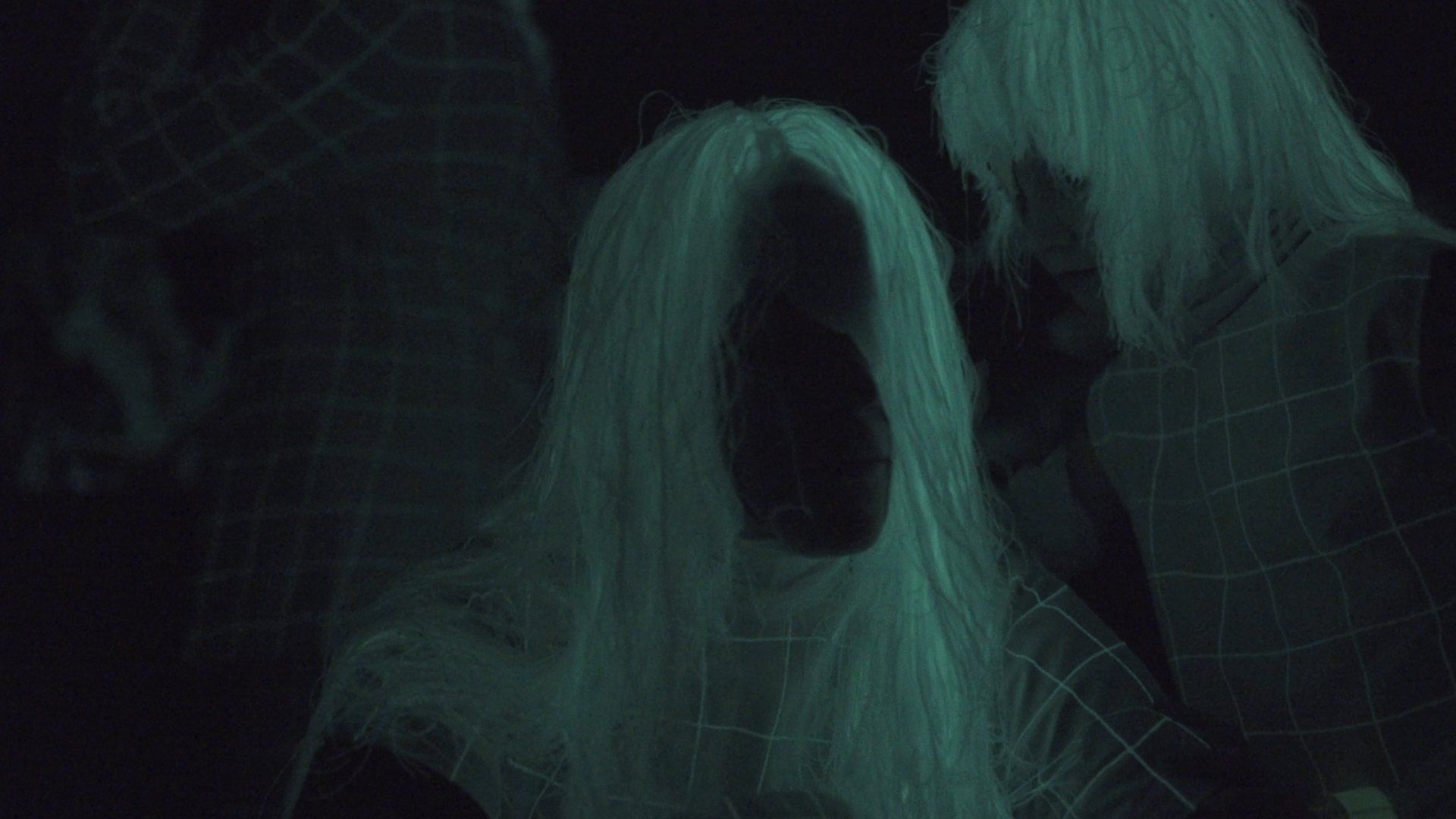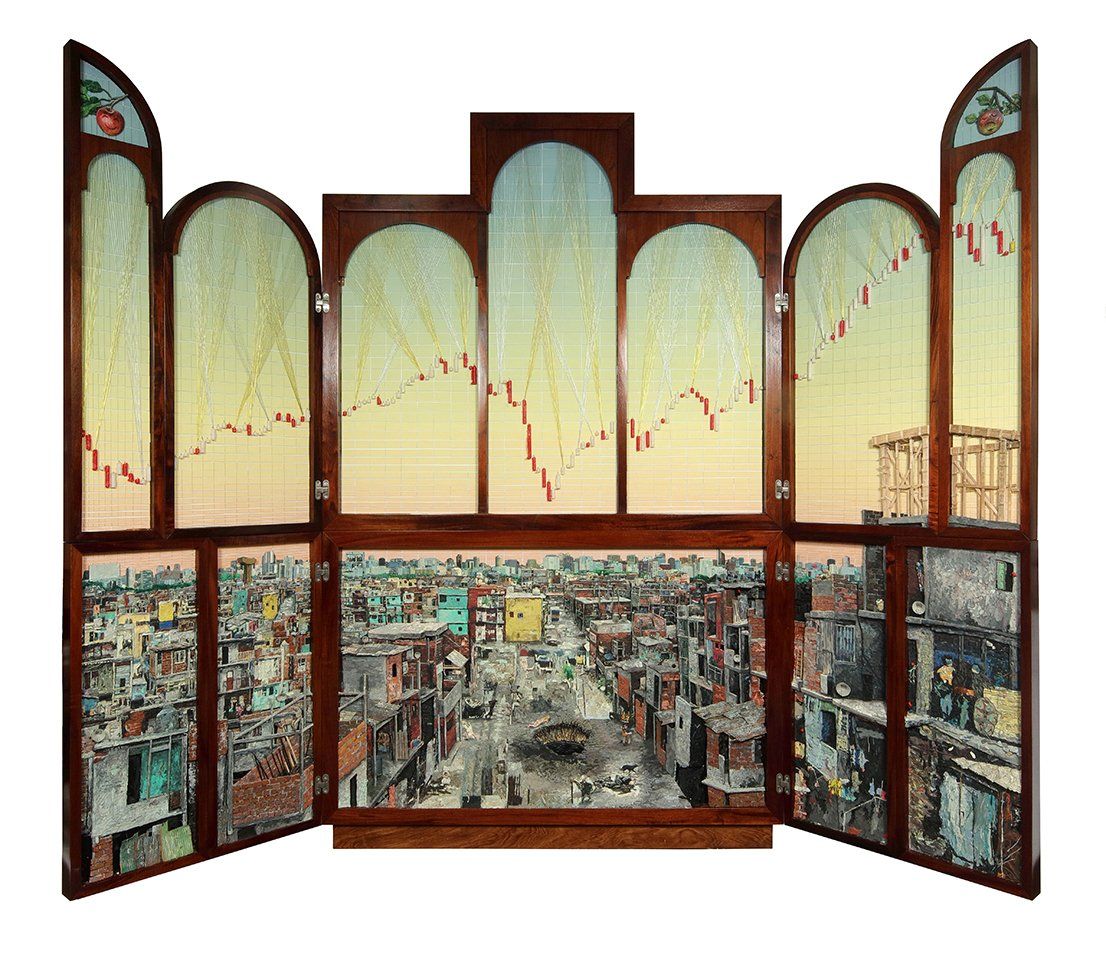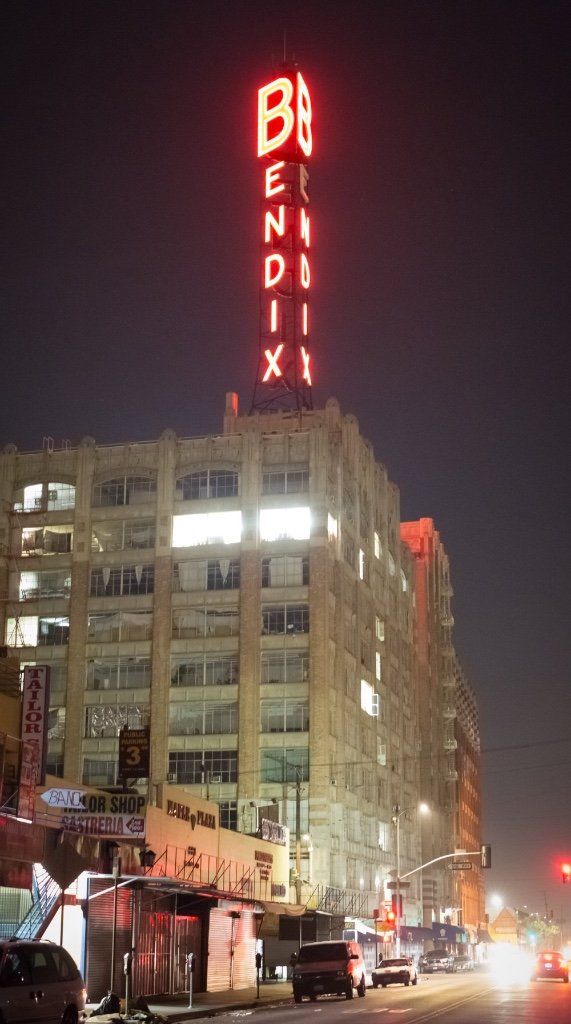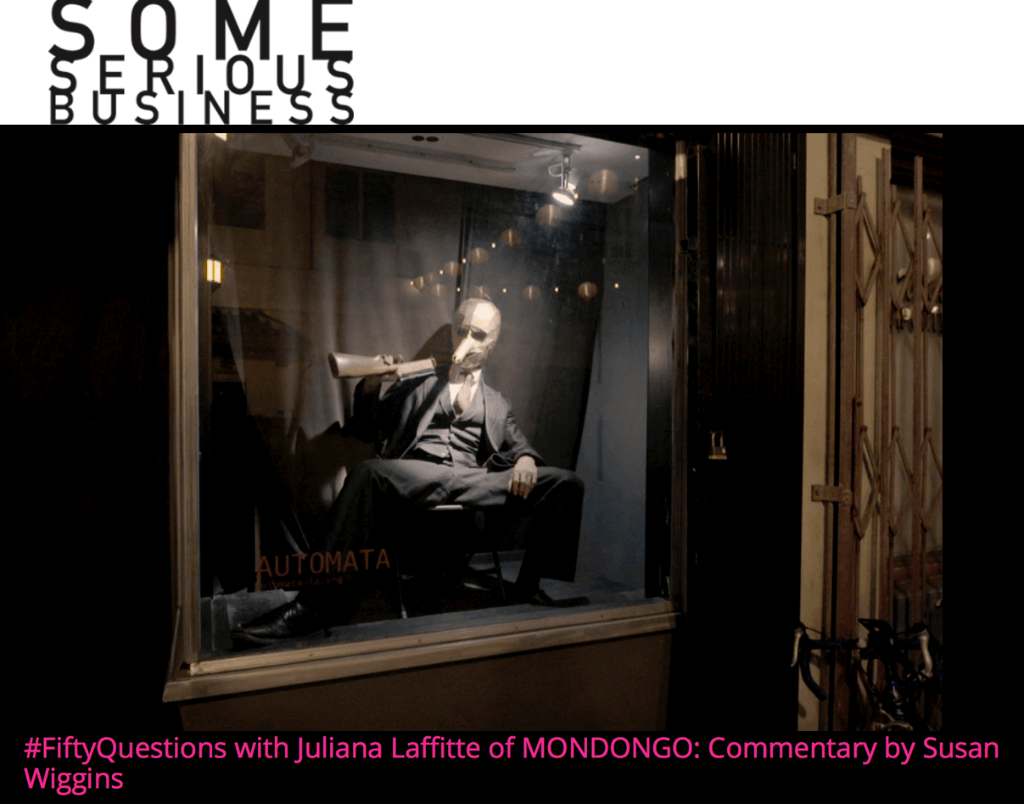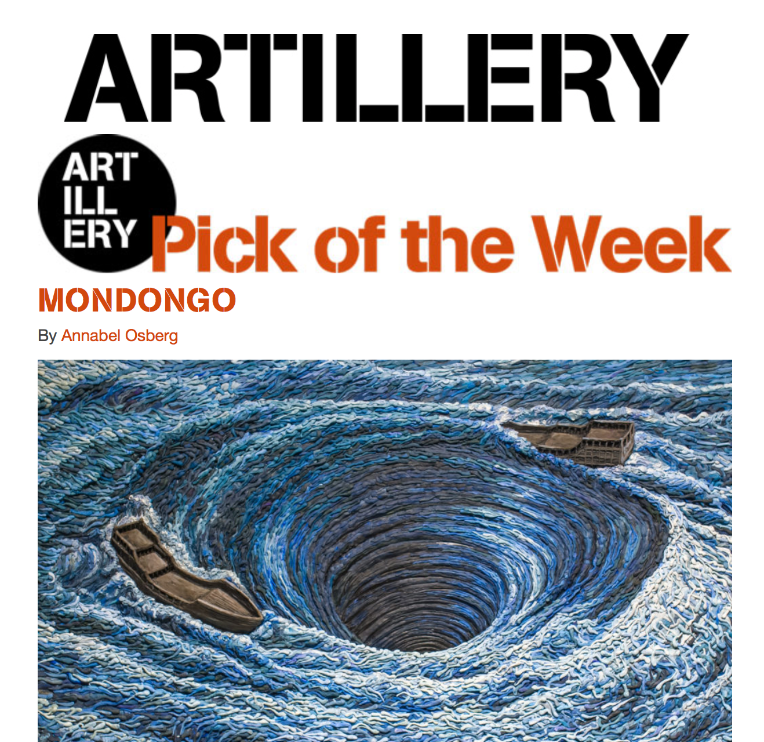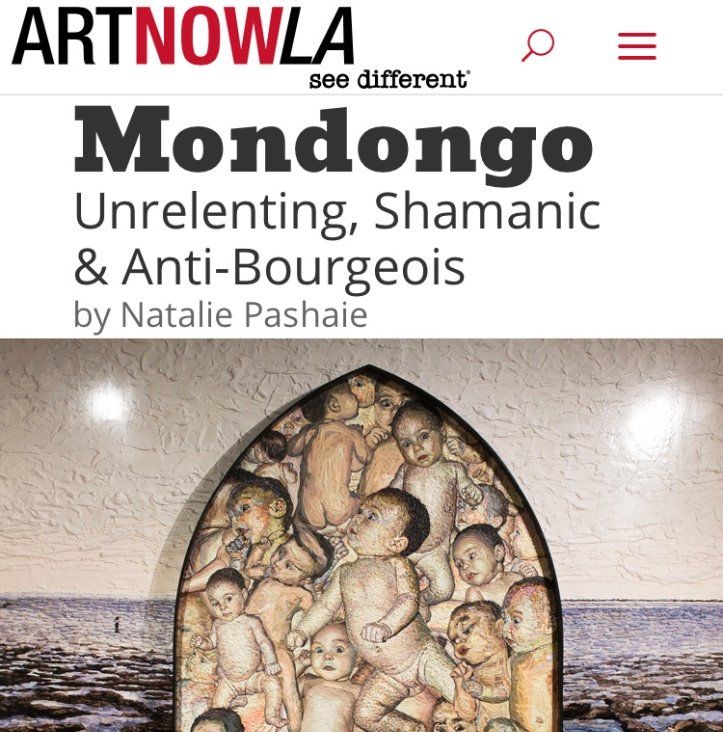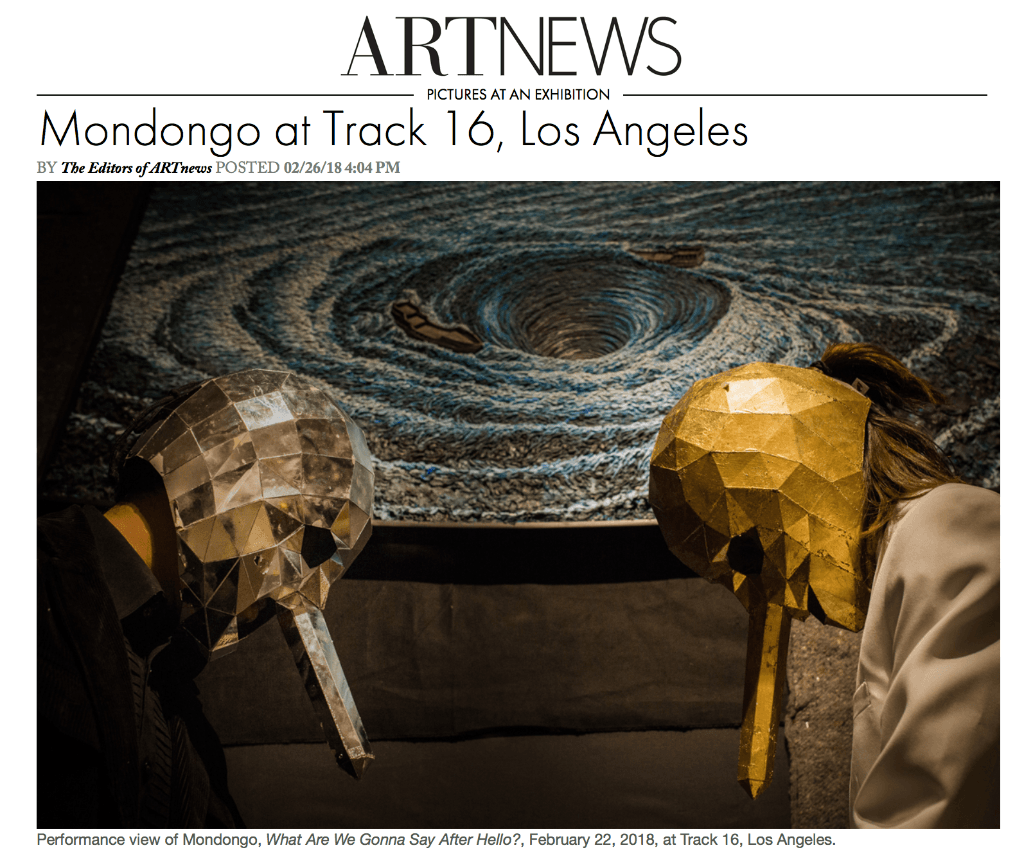Mondongo's epic altar piece "Polyptych of Buenos Aires” now heads from LACMA to MFAH as part of HOME—So Different, So Appealing.
Whereas the Ghent Altarpiece depicts the city of God above, and the world of men below, Polyptych of Buenos Aires features a stock-market chart dotting the sky above Villa 31, a vast shantytown that surrounds the main train station in Buenos Aires. Villa 31 is located close to the city’s financial district and “just 10 blocks from the opera,” Mondongo member Manuel Mendanha notes.
Juliana Laffitte, another member of the collective, grew up near the shantytown. Both artists say it is important to them to show how people live in their home country, because nearly a third of Argentina’s population falls under the poverty line.
The exhibition features U.S. Latino and Latin American artists from the late 1950s to the present who use the universal concept of “home” as a lens through which to view socioeconomic and political changes in the Americas over the past seven decades. More than 100 works by 39 artists explore the differences and similarities within art related to immigration and political repression; dislocation and diaspora; and personal memory and utopian ideals.
The exhibition brings together U.S. artists of Cuban, Mexican, and Puerto Rican origin in a dialogue with artists from Argentina, Colombia, Guatemala, Mexico, Uruguay, and Venezuela, among other countries. Despite the political, cultural, and religious affinities they share, these two broad and highly diverse groups have been, until now, treated separately from one another.
Across a variety of media—including painting, sculpture, installation, performance, photography, film, and video—these artists examine and interpret one of the most basic social concepts by which individuals, families, nations, and regions understand themselves in relation to others. In the process, these works of art also offer an alternative narrative of postwar and contemporary art.

